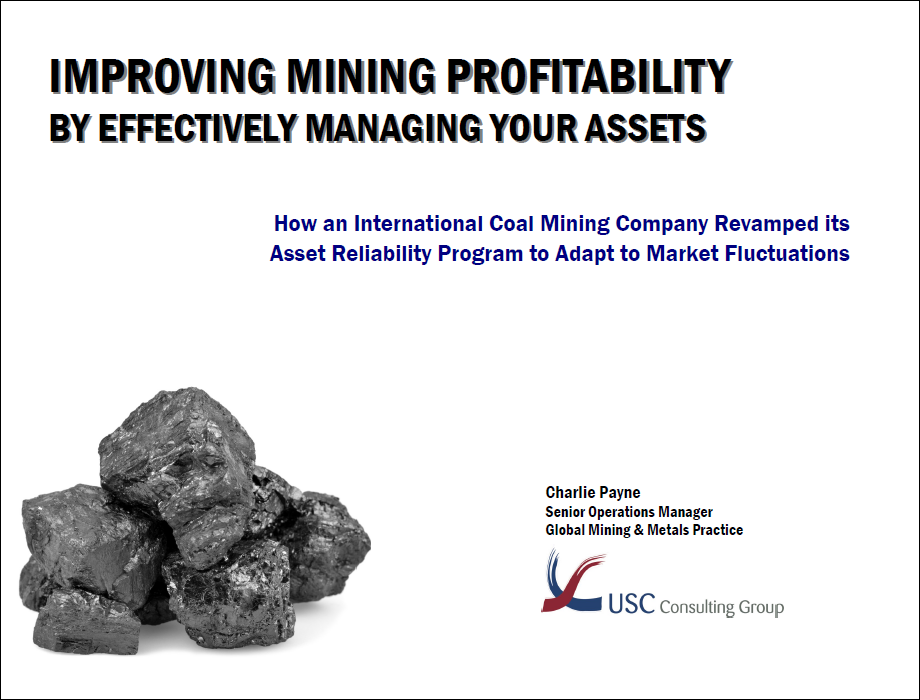-
Subscribe to Blog:
SEARCH THE BLOG
CATEGORIES
- Aerospace
- Asset Maintenance
- Automotive
- Blog
- Building Products
- Case Studies
- Chemical Processing
- Consulting
- Food & Beverage
- Forestry Products
- Hospitals & Healthcare
- Knowledge Transfer
- Lean Manufacturing
- Life Sciences
- Logistics
- Manufacturing
- Material Utilization
- Metals
- Mining
- News
- Office Politics
- Oil & Gas
- Plastics
- Private Equity
- Process Improvement
- Project Management
- Spend Management
- Supply Chain
- Uncategorized
- Utilities
- Whitepapers
BLOG ARCHIVES
- June 2025 (4)
- May 2025 (1)
- April 2025 (1)
- March 2025 (1)
- February 2025 (4)
- January 2025 (4)
- December 2024 (4)
- November 2024 (2)
- October 2024 (6)
- September 2024 (5)
- August 2024 (5)
- July 2024 (6)
- June 2024 (3)
- May 2024 (3)
- April 2024 (4)
- March 2024 (3)
- February 2024 (4)
- January 2024 (5)
- December 2023 (2)
- November 2023 (1)
- October 2023 (6)
- September 2023 (3)
- August 2023 (4)
- July 2023 (2)
- June 2023 (3)
- May 2023 (7)
- April 2023 (3)
- March 2023 (3)
- February 2023 (5)
- January 2023 (6)
- December 2022 (2)
- November 2022 (5)
- October 2022 (5)
- September 2022 (5)
- August 2022 (6)
- July 2022 (3)
- June 2022 (4)
- May 2022 (5)
- April 2022 (3)
- March 2022 (5)
- February 2022 (4)
- January 2022 (7)
- December 2021 (3)
- November 2021 (5)
- October 2021 (3)
- September 2021 (2)
- August 2021 (6)
- July 2021 (2)
- June 2021 (10)
- May 2021 (4)
- April 2021 (5)
- March 2021 (5)
- February 2021 (3)
- January 2021 (4)
- December 2020 (3)
- November 2020 (3)
- October 2020 (3)
- September 2020 (3)
- August 2020 (4)
- July 2020 (3)
- June 2020 (5)
- May 2020 (3)
- April 2020 (3)
- March 2020 (4)
- February 2020 (4)
- January 2020 (4)
- December 2019 (3)
- November 2019 (2)
- October 2019 (4)
- September 2019 (2)
- August 2019 (4)
- July 2019 (3)
- June 2019 (4)
- May 2019 (2)
- April 2019 (4)
- March 2019 (4)
- February 2019 (5)
- January 2019 (5)
- December 2018 (2)
- November 2018 (2)
- October 2018 (5)
- September 2018 (4)
- August 2018 (3)
- July 2018 (2)
- June 2018 (4)
- May 2018 (3)
- April 2018 (3)
- March 2018 (2)
- February 2018 (2)
- January 2018 (1)
- December 2017 (1)
- November 2017 (2)
- October 2017 (2)
- September 2017 (1)
- August 2017 (2)
- July 2017 (2)
- June 2017 (1)
- April 2017 (3)
- March 2017 (3)
- February 2017 (2)
- January 2017 (2)
- December 2016 (2)
- November 2016 (4)
- October 2016 (4)
- September 2016 (3)
- August 2016 (6)
- July 2016 (4)
- June 2016 (4)
- May 2016 (1)
- April 2016 (3)
- March 2016 (4)
- February 2016 (2)
- January 2016 (4)
- December 2015 (3)
- November 2015 (3)
- October 2015 (1)
- September 2015 (1)
- August 2015 (4)
- July 2015 (6)
- June 2015 (4)
- May 2015 (7)
- April 2015 (6)
- March 2015 (6)
- February 2015 (4)
- January 2015 (3)
CONNECT WITH US
Tag Archives: Backlog
Has the trend passed about caring for the environment and preventing harmful emissions?
Despite the fact that GMC is touting its new, 2024 Hummer EV SUV, starting at a cool $80,000 with a 329 range on a full battery charge, Reuters is reporting that the demand for electric vehicles isn’t keeping up with expectations. In October 2023, Honda and General Motors announced they were ending a $5 billion partnership to develop lower-cost EVs. GM says it’s to “enhance the profitability of our EV portfolio and adjust to slowing near-term growth.” Ford, too, just announced it pushed back its EV production timeline because of slower customer demand. Investors are taking notice. Automakers are thrown for a loop.
It’s not for lack of desire for electric vehicles by consumers, auto manufacturers and climate activists alike. Reducing the sting at the gas pump while helping the environment? Bring that on. Indeed, Cox Automotive Report tells us EV sales exceeded 300,000 units in the U.S. in Q3 2023. That’s record numbers.
So, what’s going on?
There are vexing factors swirling around this marketplace, colliding into a miasma of toil and trouble for auto manufacturers.
High interest rates = slowing demand
The current demand slowdown reflects the uncertain economy and the looming shadow of high interest rates (Will they go higher? Will they come down?) driving up the price of the already-expensive EVs. It’s a one-two punch. For most people, the decision to buy a car depends on the affordability of the monthly payment combined with other factors affecting their household budget. The vast majority of us are not rushing out to spend $80K on that Hummer. Maybe a more affordable model? Sure, but with sky-high interest rates driving up the monthly payment of already-expensive vehicles at the same time a pound of ground beef costs upwards of $8, people are taking a wait-and-see attitude. Maybe a gas-fueled car is a better bet right now.
Raw materials shortages for batteries = supply chain issues
As The Buzz EV News recently put it so succinctly, the raw materials that power EV batteries, namely lithium and cobalt, “aren’t exactly littering the landscape.” This, coupled with the fact that 90% of the supply chain for EV batteries runs through China, makes it difficult for U.S. auto manufacturers to realize efficient, profitable production. No one in the industry wants a repeat of the auto microchip shortage during the pandemic.
How is it all affecting auto manufacturers, and what can be done about it? At USCCG, we have a half century of experience dealing with the effects of supply, demand and the economy on many different industries. We work across the entire battery supply chain from mining to metals to battery manufacturing plants. Here’s how we see the issues playing out currently.
Auto manufacturers are doing a 180 (for now), so…
Based on the changing demand, automotive manufacturers are pulling back from EV investment right now and putting it back into traditional auto manufacturing. Even though the industry’s goal is still moving towards a 2030-2035 conversion to EVs, consumers are still buying gas-powered vehicles. Automakers need to maintain production to satisfy the demand.
…Demand and schedule planning is crucial, but…
Automakers’ backlogs need help — they have the orders and demand for gas vehicles, but are struggling to fulfill this demand and fill those orders. At USC, we happen to be the specialists in wrangling schedules, planning for demand when those sands keep shifting, and adding horsepower to teams just when they need it the most. It’s an all-hands-on-deck situation for auto makers, except…
…The skilled labor shortage is real
The new UAW contracts are driving labor costs throughout the industry, even in non-union facilities. Couple that with the ever-shrinking skilled workforce, and it puts auto makers behind the eight ball just when they need to find and retain quality, reliable employees. At USC, we’ve been focusing on this issue, helping employers train their people on best practices and optimal processes. It’s crucial now, like never before.
EV issues aren’t going away. It’s time to reshore now
Yes, the demand is slowing. For now. But auto makers are still on track for conversion to electric vehicles, and the public still wants them. But these battery and supply chain issues are still plaguing the industry.
A few facts entering into this mix: The current Inflation Reduction Act included billions of dollars in government loans to fund EV battery plants in the U.S., and also included a $7,500 tax credit to people who buy U.S.-made EVs. It also allocated $7.5 billion to fund a network of charging stations around the U.S. (That, in itself is exciting for logistics nerds like us.)
Gov. Brian Kemp of Georgia is taking advantage of this trend, creating a push for EV jobs, major manufacturers including Hyundai and Kia located in the state, and pledges to make Georgia the “electric mobility capital” of the country.
TechCrunch+ says the U.S. is in an EV battery factory construction “boom” as a result of these initiatives. In 2019, there were just two battery factories here in the U.S. Today, 30 are either planned or under construction.
What does it all mean? It means auto manufacturers need to meet current demand while keeping an eye on the future. USC can help you do that. Contact us today.
With commodity pricing continuing to fluctuate worldwide, mining companies and other heavy-asset industries can benefit from better alignment of their revenue producing equipment with market demand. This does not require a significant capital investment. Inexpensive and sustainable approaches are available. Read out latest whitepaper from Charlie Payne, Senior Operations Manager in our Global Mining & Metals Practice to learn more.
I spent a couple of years at an underground mine and learned a lot about equipment maintenance strategies, enough that I was able to write a whitepaper about it.
One of the things I learned is how important it is to improve the ratio of planned repair work to unplanned work, and how this can be accomplished by creating a backlog of all known repairs. The word backlog normally has a negative connotation, but it this case it’s a good thing. Since any successful maintenance program should strive to maximize the percentage of time and resources spent on planned maintenance, and reduce the amount of unplanned from unexpected breakdowns, creating the backlog is critical because it provides visibility into future repairs and allows you to more easily identify and predict equipment failures before they occur.








